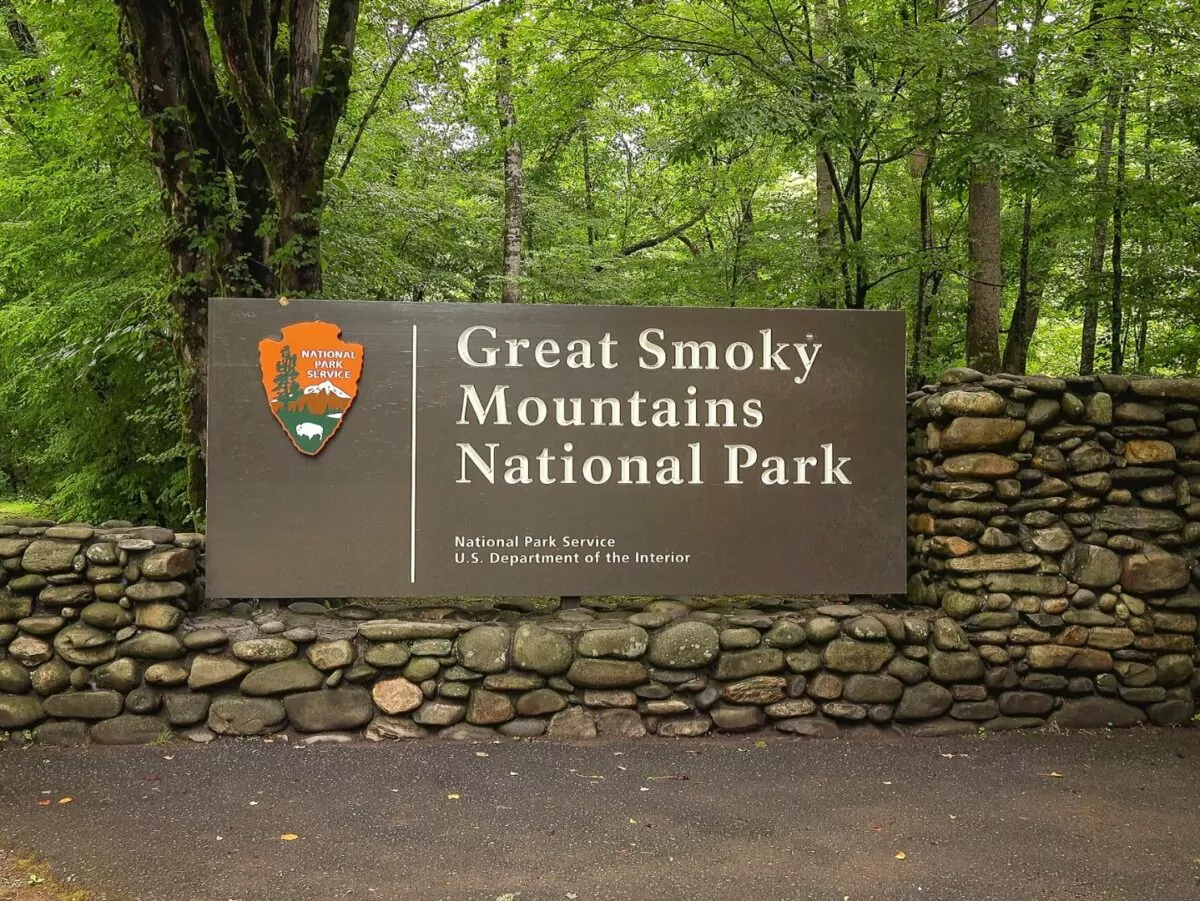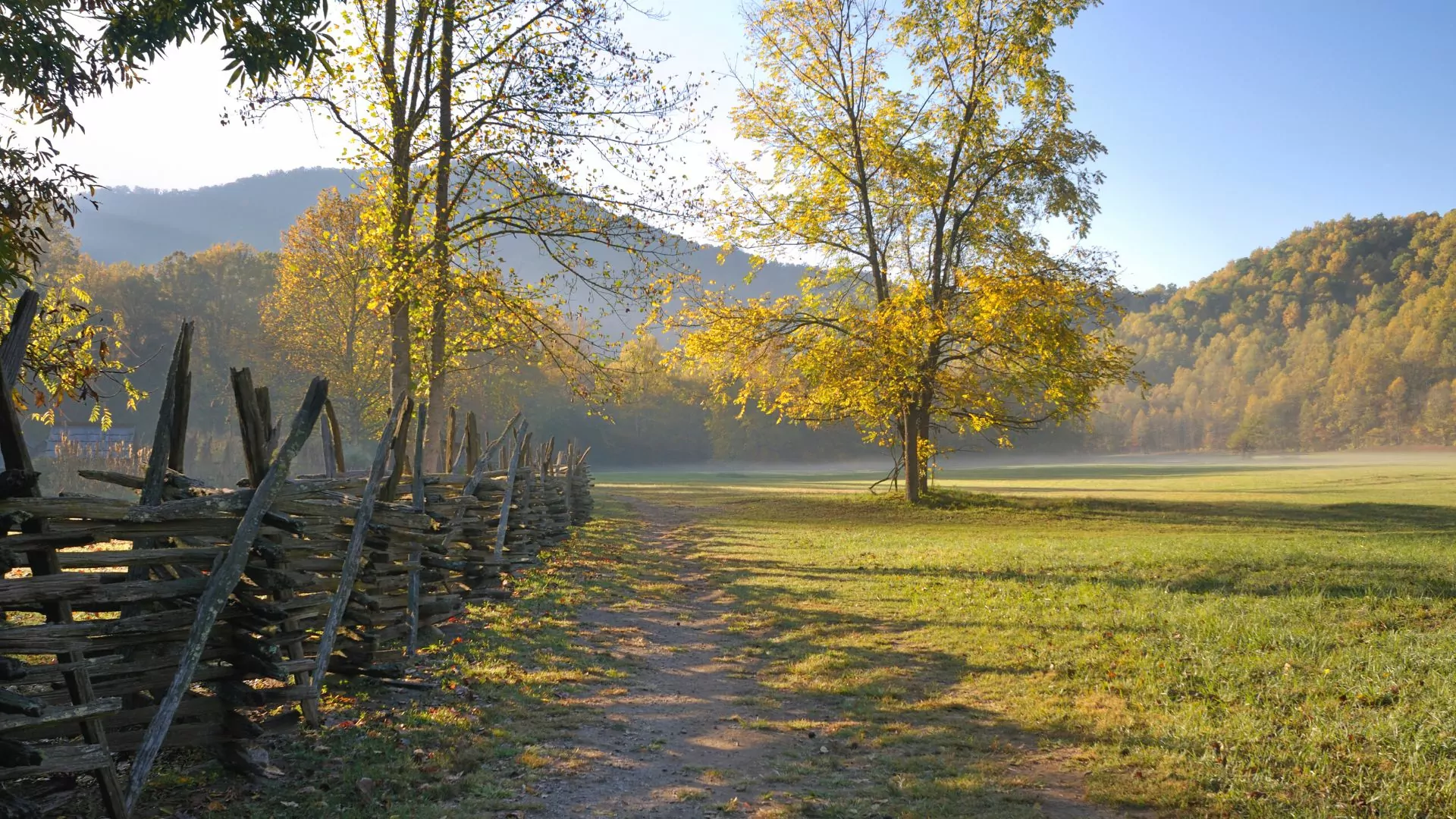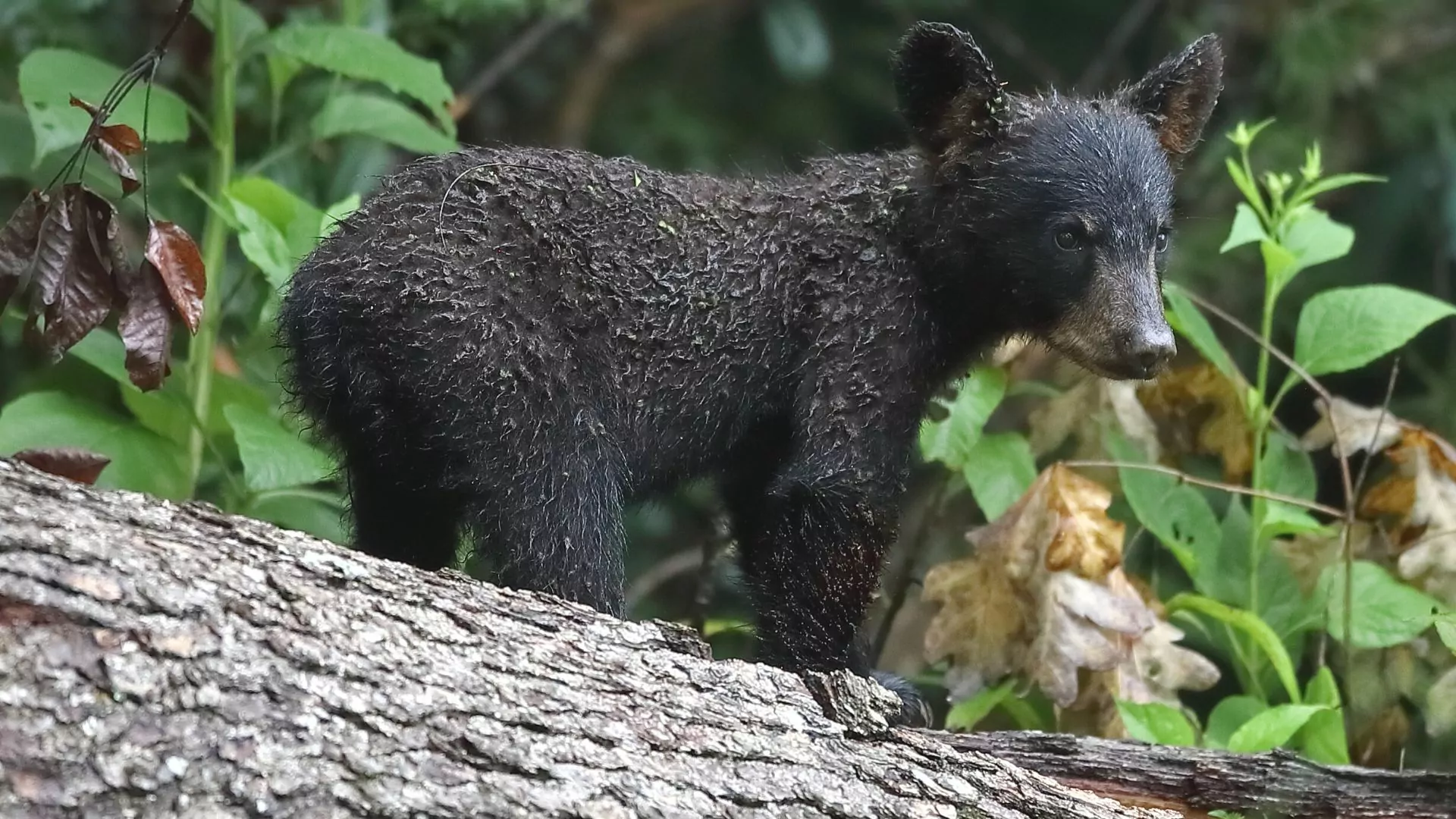Why is Great Smoky Mountains the most visited National Park?

The Great Smoky Mountains National Park, located in Tennessee and North Carolina, is the most visited National Park in the United States. With more than 12 million visitors annually, the park’s stunning beauty, rich history, and diverse wildlife, draw visitors from all over the world. The recreational opportunities inside and outside of the park are what make it popular, but its proximity to large population centers and major roadway running through it, also add to its accessibility and annual visitation.
The Great Smoky Mountains National Park is located within a day’s drive of more than half of the United States population. This makes it an easy and convenient destination for families, nature lovers, and outdoor enthusiasts alike. The park has something for everyone to enjoy, and visitors can choose from a range of activities including hiking, camping, fishing, and wildlife watching. These activities are not limited to just the park itself. The park gateway towns of Gatlinburg and Asheville give visitors the opportunity to partake in these activities and more around the local area.
Another factor contributing to the park’s popularity is its breathtaking natural beauty. The Great Smoky Mountains are part of the Appalachian Mountains, which are among the oldest in the world. The park boasts over 800 miles of hiking trails, including the famous Appalachian Trail running through the park. Visitors can enjoy scenic vistas, waterfalls, and mountain streams.
Explore Ashville and the smokies
The Draws:
Clingmans Dome
One of the most iconic spots in the park is Kuwohi (formerly known as “Clingman’s Dome”), the highest point in Great Smoky Mountains National Park. Standing at an elevation of 6,643 feet, Kuwohi (formerly known as “Clingman’s Dome”) offers panoramic views of the surrounding mountains and valleys. Visitors can reach the top of Kuwohi (formerly known as “Clingman’s Dome”) by hiking a steep half-mile trail or taking a paved road to the parking area. The observation tower at the top provides a stunning view of the sunrise and sunset, making it a popular spot for photography enthusiasts.
Highway 441
U.S. Highway 441 is a major roadway traversing the park. It connects the towns of Cherokee, North Carolina and Gatlinburg, Tennessee. This significant commerce route contributes to the park’s high visitation numbers with some people crossing through the park simply to travel between these two towns. It is also the road off which popular attractions like Clingmans Dome and Newfound Gap are accessed.
Rich History
Apart from the natural beauty, the Great Smoky Mountains National Park also has a rich cultural and historical significance. The park is home to several historic structures including old homes, barns, and churches that date back to the early 19th century. Visitors can explore these structures and learn about the lives of the early settlers in the region. Several museums and visitor centers around the park offer a greater glimpse into the history and culture of the Appalachian region.
Stephen Mather, the founder of the National Park Service, has a dedication plaque on the crest of the Newfound Gap. At the visitor center there, you can also learn about John Rockefeller Jr. and his related history. These men were instrumental in the creation of the Great Smoky Mountains National Park. John Rockefeller Jr. purchased over half of the land in the park and donated it to the National Park Service in order to protect the area from logging. Stephen Mather revitalized the area by hiring members of the local community to staff the park, creating an economic transformation of east Tennessee and western North Carolina. These men’s contributions are significant to the Great Smoky Mountains region and provide us the opportunity to enjoy the park today in its near pristine condition.
Rare Wildlife
The Great Smoky Mountains National Park is also home to a diverse range of wildlife, including black bears, elk, deer, and wild turkeys. The park is considered one of the best places in the United States to see black bears in their natural habitat. Recent rehabilitation efforts have helped the elk population recover after decades of being hunted in the area. The rivers and streams are full of fish as well, including brook trout and bass. Fishing is another popular activity in the park, with more than 2,000 miles of streams and rivers.
Stunning Scenery
The Great Smoky Mountains National Park is also a popular destination for photographers, artists, and writers. The park’s stunning vistas, changing seasons, and varied terrain provide endless opportunities for creative expression. The park hosts several workshops and events throughout the year, offering opportunities to learn from renowned artists and photographers. Much like the northeast, the changing fall colors also attract many to witness the natural phenomenon, and such views are hard to beat.
Great Access
Most visitors to the Great Smoky Mountains stay in or near Gatlinburg, on the Tennessee side of the park. Gatlinburg is a great place for all types of people, but especially families. In town you can see movies, go shopping, try new restaurants, or spend the day sightseeing. On the North Carolina side of the park, the slightly smaller town of Cherokee offers some of the same amenities in addition to white water rafting access.
Southern Appalachia is famous for its excellent white water, including such rivers as the Ocoee and Nantahala. These rivers provide some of the best on-water experiences in the country.
Recently, Appalachia has also come to be known for its rock climbing. With massive granite boulders littering the area, climbers can choose from some of the best climbing in the southeast, as well as routes for beginners all the way up to professionals.
Mission of Conservation
Apart from the natural beauty, the Great Smoky Mountains National Park is also known for its conservation efforts. The park is home to several endangered and threatened species, including the Indiana bat, the Carolina northern flying squirrel, and the green salamander. The park works actively to protect these species and their habitats, making it an essential destination for nature lovers and conservationists.
Planning your visit:
A visit to the Great Smoky Mountains is a unique experience unlike anything else. You can hike the legendary Appalachian Trail and take in views of mountains almost as old as the planet itself. To get the most out of your experience, consider visiting the area in the company of a knowledgeable local guide. Wildland Trekking offers several opportunities to engage with the Great Smoky Mountains including camping, backpacking and kayaking trips. Remember to give yourself time to explore Appalachia during your stay!








